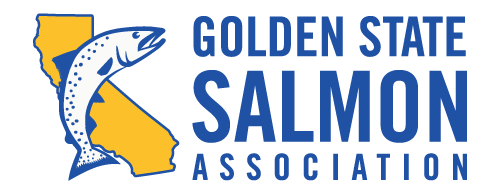
News Drought over? Not for salmon

by John McManus
3-3-2023
Website
GGSA president John McManus is a long-time salmon fisherman and salmon advocate. He comes from a varied background that includes ten years of commercial salmon fishing in southeast Alaska, 15 years producing news for CNN and more recently, 11 years doing publicity and organizing for the public interest environmental law firm Earthjustice. Work at Earthjustice included organizing and publicity supporting restored salmon fisheries in the Columbia, Klamath and Sacramento rivers. A San Francisco native, Muni Pier and Lake Merced were the places where he first learned to tie a fishing line, bait a hook, and cast. He’s a long time member of the Coastside Fishing Club and keeps a boat part of the year in Half Moon Bay. From the 1970s on he spent a lot of time in the north coast salmon communities of Bodega Bay, Pt. Arena, Fort Bragg and Eureka. As salmon runs declined in the 1990’s, he got a front row seat to the demise of these communities, something that fuels his advocacy for salmon and salmon communities to this day. The Golden Gate Salmon Association is a coalition of salmon advocates that includes commercial and recreational salmon fisherman, businesses, restaurants, a native tribe, environmentalists, elected officials, families and communities that rely on salmon. GGSA’s mission is to restore California salmon for their economic, recreational, commercial, environmental, cultural and health values. Currently, California’s salmon industry is valued at $1.4 billion in economic activity annually in a regular season and about half that much in economic activity and jobs again in Oregon. The industry employs tens of thousands of people from Santa Barbara to northern Oregon. This is a huge economic bloc made up of commercial fishermen, recreational fishermen (fresh and salt water), fish processors, marinas, coastal communities, equipment manufacturers, the hotel and food industry, tribes, and the salmon fishing industry at large.
Website Hosting and Design provided by TECK.net